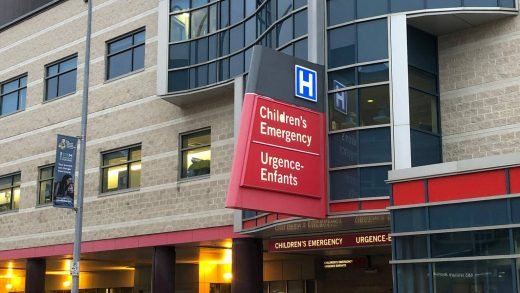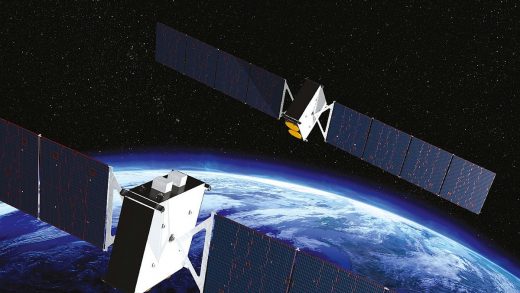
FLAGSTAFF, Ariz. (AP) — Voters from the Navajo Nation will see familiar faces in the tribe’s general election: their current president and a former vice presidential candidate, both of whom were on the ballot in 2018.
President Jonathan Nez and Buu Nygren garnered the most votes in Tuesday’s primary among a field of 15. Whoever wins will oversee the largest Native American reservation in the U.S., and the second-highest tribal population.
Both have talked about the need for economic development and extending running water and electricity to the thousands of Navajos without it. Where they differ is on the approach to moving through the coronavirus pandemic.

The Navajo Nation once had one of the highest infection rates in the United States. Nez’s administration enacted tough measures to slow the spread. Movie theaters, restaurants, casinos and gyms still aren’t fully open yet, and a mask mandate remains.
Nez, a veteran politician, has defended the approach for keeping people safe. He said he would bring continuity in a second term, as the tribe works to spend more than $1 billion in federal virus relief funding that largely would address infrastructure.
“I think the Navajo people saw that we are able to handle a difficult situation,” Nez, 47, told The Associated Press. “Not just coming from leadership but to rally the Navajo people to take care of our people, and they did an outstanding job.”

Nygren was former President Joe Shirley Jr.’s running mate in 2018. The two lost to Nez and Vice President Myron Lizer.
Nygren left his job in construction management to seek the tribe’s top elected post and contends Navajo businesses are hurting because of pandemic restrictions. He said the Navajo Nation hasn’t been quick enough to respond to a huge loss of revenue from shuttered coal mines and coal-fired power plants and should capitalize on tourism. He has positioned himself as a diplomat who will bring a modern perspective to the presidency.
“It’s very clear new leadership is wanted across the Navajo Nation,” the 35-year-old told The Associated Press. “Just the amount of people who came to vote in a Navajo election where floods were happening, roads were terrible.”

More than 47,501 Navajos cast ballots in the tribe’s primary election — a nearly 39% turnout among more than 123,000 registered voters, according to unofficial results from the tribe’s election office. The tribe generally sees a turnout of around 50%. The results won’t be certified until after a challenge period.
Nez garnered more than 17,000 votes in the primary election, and Nygren got nearly 13,000 with all 110 precincts reporting, according to unofficial results. Rounding out the top five were attorney Justin Jones, former Navajo Attorney General Ethel Branch and Greg Bigman, chairman of the Diné College Board of Regents, who collectively received nearly 14,000 votes.
The reservation is bigger than 10 U.S. states, spanning 27,000 square miles (69,930 square kilometers) of high desert, forests, wind-swept mesas and mountains bordering New Mexico, Arizona and Utah. Its population of 406,000 is second to only the Cherokee Nation of Oklahoma.

The slate of candidates agreed more jobs are needed on the reservation where unemployment hovers around 50%. Candidates pushed platforms that included finding ways to preserve the Navajo language and pressing the federal government to fulfill its duty to provide for public safety, health and education.
Supporters of the candidates set up tents across the Navajo Nation on Tuesday, offering fry bread and other food to voters as they made a final campaign push. Election day is a social event on the Navajo Nation, though some precautions were still in place because of the coronavirus pandemic. That included closing to the public the sports center in the tribal capital of Window Rock where election results are tallied.
The others candidates were educator Dolly Mason; scholar Leslie Tsosie; Chinle Chapter President Rosanna Jumbo-Fitch; Frankie Davis; former New Mexico state legislator Sandra Jeff; Emily Ellison; former Navajo Vice President Frank Dayish; Ts’ah Bii Kin Chapter manager Earl Sombrero; and Dineh Benally and Kevin Cody, both of whom sought the tribal presidency in 2018.


